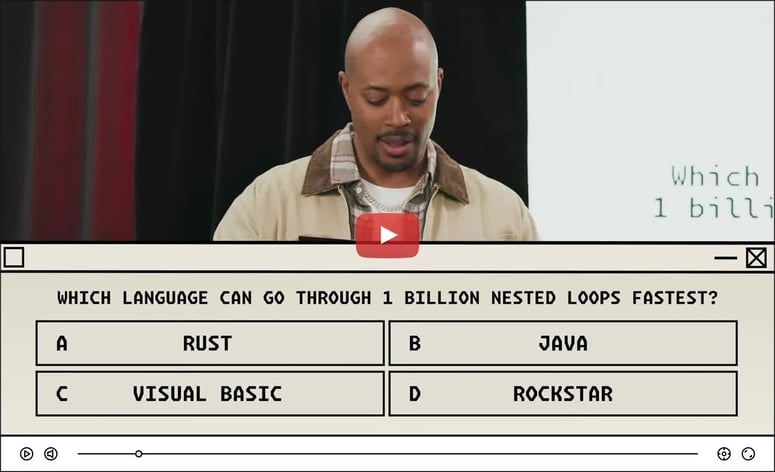This is a Plain English Papers summary of a research paper called Video Diffusion Models: Comprehensive Survey and Future Directions. If you like these kinds of analysis, you should join AImodels.fyi or follow me on Twitter.
Overview
- The paper presents a comprehensive review of video diffusion models in the AI-generated content (AIGC) era.
- Diffusion models have achieved substantial success in computer vision, surpassing methods based on GANs and auto-regressive Transformers.
- Existing surveys primarily focus on diffusion models in the context of image generation, with few up-to-date reviews on their application in the video domain.
- This paper aims to address this gap by reviewing research on diffusion models in the video domain, categorizing the work into three key areas: video generation, video editing, and other video understanding tasks.
Plain English Explanation
The paper discusses AI-generated content (AIGC), which is a rapidly growing field. A key technology within AIGC is diffusion models, which have demonstrated impressive capabilities in computer vision tasks like image generation and editing.
Compared to other approaches like Generative Adversarial Networks (GANs) and auto-regressive Transformers, diffusion models have emerged as a superior method for generating and manipulating visual content. However, most existing reviews of diffusion models have focused on their use in image-related tasks, with limited coverage of their application in the video domain.
This paper aims to fill that gap by providing a comprehensive review of diffusion models for video-related tasks. It explores three key areas where diffusion models are being used in video research: video generation, video editing, and other video understanding tasks. The paper summarizes the latest developments and practical contributions in each of these areas, helping researchers and practitioners stay up-to-date with the rapidly evolving field of video diffusion models.
Technical Explanation
The paper begins with a concise introduction to the fundamentals and evolution of diffusion models. Diffusion models are a type of generative model that work by gradually adding noise to a clean input, then learning to reverse the process to generate new samples. This approach has proven highly effective for tasks like image generation and editing.
The core of the paper is a detailed review of diffusion models in the video domain. The authors categorize the research into three key areas:
- Video Generation: Diffusion models have been used to generate entire video sequences from scratch, often by conditioning on a text prompt or other input.
- Video Editing: Diffusion models have shown promise for manipulating and editing video content, such as inserting, removing, or modifying objects or scenes.
- Other Video Understanding Tasks: Diffusion models have also been applied to various video understanding tasks, such as video classification, segmentation, and reconstruction.
For each of these areas, the paper provides a thorough review of the literature, highlighting the key technical contributions and practical applications of the research.
Critical Analysis
The paper acknowledges that existing surveys on diffusion models have primarily focused on their use in image-related tasks, leaving a gap in the understanding of their application in the video domain. By providing a comprehensive review of video diffusion models, this paper helps to address this gap and advance the state of knowledge in the field.
However, the paper also notes that research on video diffusion models is still in its early stages, and there are several challenges and limitations that need to be addressed. For example, the computational complexity and memory requirements of video diffusion models can be significant, and there is a need for more efficient and scalable architectures.
Additionally, the paper suggests that further research is needed to fully explore the potential of diffusion models in video-related tasks, such as improving the quality and realism of generated videos, enhancing the controllability and interpretability of the models, and exploring their application in specialized domains like medical imaging or autonomous driving.
Conclusion
This paper presents a comprehensive review of the state of research on video diffusion models, a rapidly evolving field within the broader context of AI-generated content (AIGC). By categorizing the research into three key areas – video generation, video editing, and other video understanding tasks – the paper provides a valuable resource for researchers and practitioners working in this domain.
The paper's detailed technical explanation and critical analysis of the current challenges and future research directions offer insights that can help guide the continued development and application of video diffusion models. As this technology continues to advance, the insights presented in this paper will be increasingly relevant and important for understanding the progress and potential of AIGC in the video domain.
If you enjoyed this summary, consider joining AImodels.fyi or following me on Twitter for more AI and machine learning content.




Top comments (0)